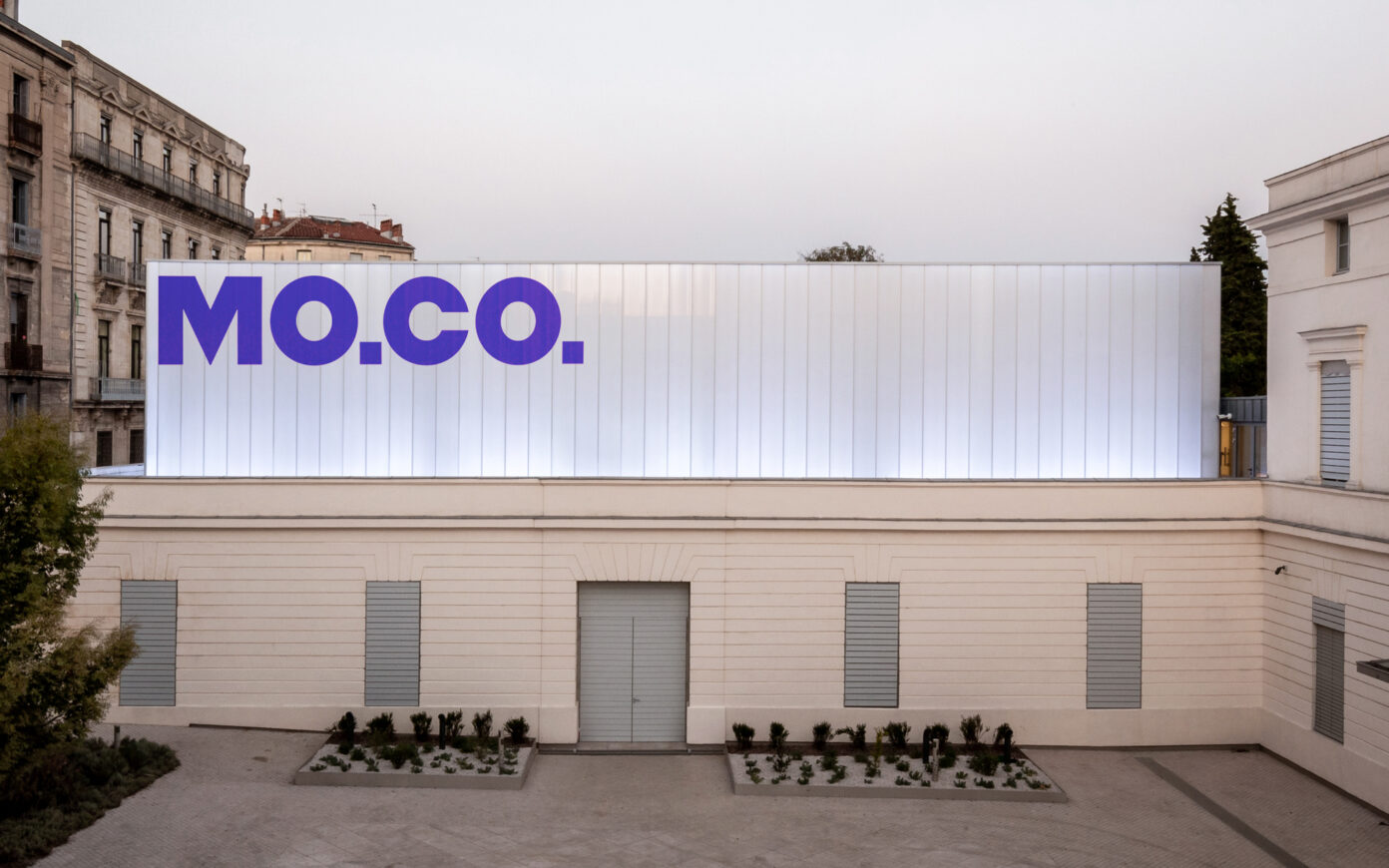PCA-STREAM has designed a museum for the art collection of the Ukrainian philanthropist Victor Pinchuk in the heart of the historical city center of Kiev. Inaugurated in 2006, this center is a beacon for contemporary art in Eastern Europe and has contributed to the promotion of cultural exchanges between the East and the West these past ten years.

Dynamics of encounters and exchange
In its projects, PCA-STREAM regularly collaborates with creators from fields other than architecture (artists, designers, graphic designers, photographers) in order to develop an architectural language that is more porous vis-à-vis contemporary culture. It is a way of bringing otherness to its design process and to enrich its productions. Though the project carried out with Orlan is fairly singular, it is nevertheless representative of this approach that focuses both on the modes of production (both technical and financial) and the design of a work. Pièce lumineuse is a monumental work—at the same time an organic sculpture and a piece of architecture within the exhibition space. The two disciplines at the heart of this practice have made it possible to combine the creativity and malleability of forms with a dominion of space facilitated by the search for new materials.
The spatial and organic embodiment of an artistic approach
Orlan, who has conceptualized the idea of “Carnal Art,” is internationally recognized for the series of performances she held between 1990 and 1993 in which an operating room was transformed into an actual theater that was open to her creative desires. Surgical operations were in unchartered territory as the artist used her own face as an artistic medium in high-risk experiments. Through these spectacular staged performances, Orlan was stating loud and clear that her body was hers and hers alone. Pièce lumineuse is in some way the culmination of these extreme moments. A physically workable and versatile space, radiant white light, spectacular images from the 1993 surgical operation/performances—everything there relates back to the sterile environment of the operating block and the acute unreality of these moments. Barrisol, a translucent and flexible material, allowed her to work simultaneously on form, image, and light, thus coalescing the concerns of the architect in terms of the construction of flexible volumes and those of the artist regarding the artistic deformations of the body. It becomes sensual skin, abstract light, and architectural material at the same time.
Artistic otherness as the future of architecture
Through its research approach, which is key to its design work, PCA-STREAM conveys the conviction that artists, by their very freedom, form a vanguard of our relation to the world—in sum, that they are one step ahead. Carefully observing their experiments, their feelings, and their interpretations becomes as necessary as it is infinitely informative. In order to apprehend a reality that is increasingly complex and fluid, to try to understand the world of tomorrow and act on it, it has become imperative to question oneself, to remain in a position where exploration is possible, in particular taking heed of these artists. In this project, Orlan’s work on the metamorphosis of the body, and in particular on the disfigurement of the skin during her surgical performances, form an unequivocal connection with the discussions on the architecture of transformation and the plasticity of membranes and envelopes in the field of architecture. Whereas the subject is defined by the display of signs of tribal affiliation, artists are also the ones who manage to generate their own codes. Building envelopes have become one of the major concerns of contemporary architecture, now that they have been liberated from the dogmas of functionalism by digital design tools and new materials that allow for unprecedented formal freedom. Architecture therefore has the choice to participate in this global code system, and the architect, just like the artist, is destined to become a “semionaut,” following the definition suggested by the critic Nicolas Bourriaud, i.e., that of a creator of paths among signs. Nicolas Bourriaud, “For a Radicant Art”, Stream 01, 2008.









